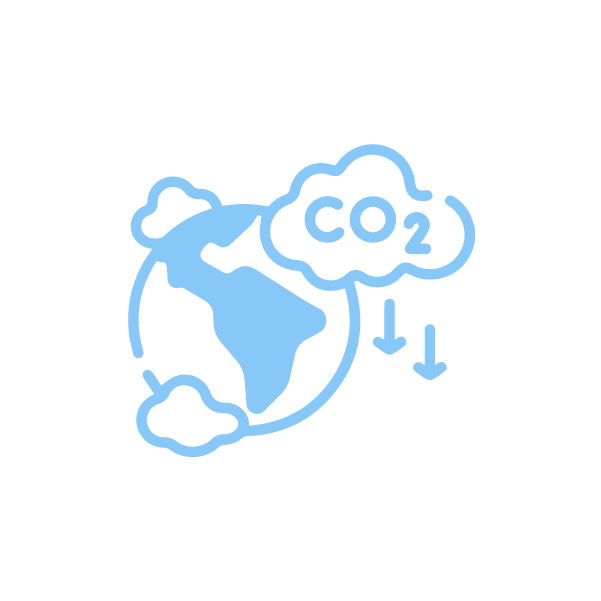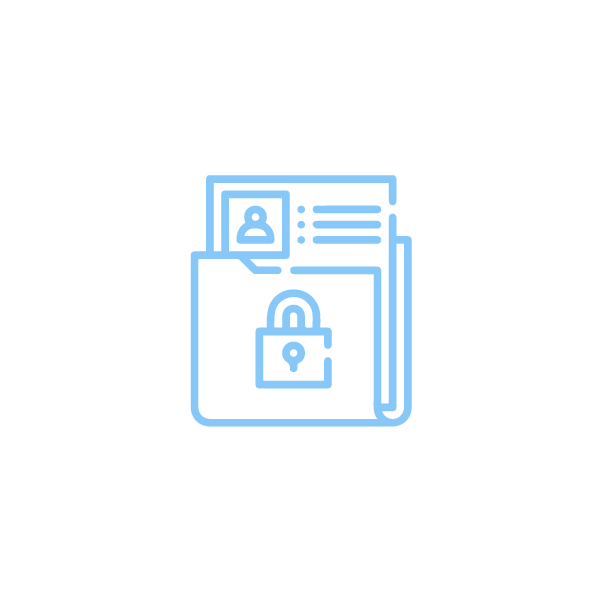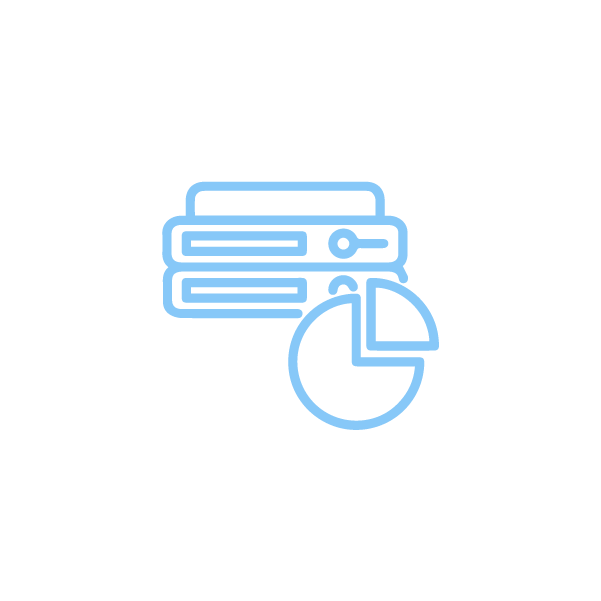Digital
Cleanup
Day
15 March 2025
What is
Digital Cleanup Day?
Digital Cleanup Day is a day dedicated to cleaning up our digital lives, just like we clean up our physical environment on World Cleanup Day.
Now into its fifth year, and organised by Let's Do It World, Digital Cleanup Day is aimed at raising awareness about digital pollution, encouraging individuals and companies to declutter and restructure their online presence.
Digital Cleanup Day 2025 will take place on 15 March.
Why get rid of digital clutter?
Helps to reduce
CO2 emission
Prolongs your
devices’ lifespan
Speeds up and
simplifies information
sharing and finding
Reduces data storage
security risks
Increases disk & server
capacity, helping
reduce costs
Be cool – don’t feed global warming with digital waste!
Cut down your CO2 output by joining Digital Cleanup Day!
Did you know..?
Digital waste facts
It takes more energy to mine for BitCoin than the whole of New Zealand consumes in a year! (a), (b)
In just one year (2007), one zettabyte of data was created worldwide. By 2010, this had doubled. In 2035, we will create more than 2,000 zettabytes. To print out one zettabyte of data you would need the paper from 20 trillion trees. There are only about 3.5 trillion trees left on the planet, so that is not possible. (a), (b)
In 2022, about 70 million servers were used to store data. Each one caused the production of 1–2 tons of CO2. In that year, about 20 million of them became e-waste. (a)
99% of data was created within last 10 years. (a)
Limitless consumption of data today needs 3 times more energy than all the solar panels the world can produce! (a)
The Internet produces more than 900 million tons of CO2 each year! (a), (b), (c), (d)
90% of all data is never accessed 3 months after it is stored. (a)
91% of web pages get no traffic from Google. (a)
320 billion emails are sent every day and 62 trillion spam emails every year = 20 million tons of CO2! (a), (b)
One email emits, on average, 4g of CO2 = the carbon footprint of a light bulb turned on for 6 minutes! (a), (b), (c)
How to participate
Digital Cleanup Day in numbers
1,184,747
participants
14.5 M GB
of data deleted
3,625 tons
of CO2 production prevented annually*
Since 2020, 175 different countries and territories have taken part in Digital Cleanup Day.
Almost 1.2 million people have deleted over 14.5 million GB of data, preventing the yearly production of around 3,625 tons of CO2*.
* For the calculations of digital waste, we use the world average CO2 emission figures of the International Energy Agency, according to which 4 GB of data stored on servers and other data storages for one year consumes 2 kWh of energy and produces 1 kg of CO2.
Digital Cleanup Day 2024 - TikTok Campaign
The "Digital Cleanup Day 2024 - TikTok Campaign" which is supported by the The Minor Foundation for Major Challenges was designed with a clear objective to raise awareness, boost engagement, and contribute to reducing carbon dioxide emissions by targeting a teenage audience through TikTok. By leveraging the platform's unique appeal to younger generations, the campaign sought to educate on digital waste and how individual actions can lead to tangible environmental benefits.
The campaign achieved its core goals and three TikTok videos were created and disseminated in Let's Do It World's social media channels.
Check out the videos: What is digital trash; Join Digital Cleanup Day; Join Digital Cleanup Day.
We thank The Minor Foundation for Major Challenges for supporting this project!















